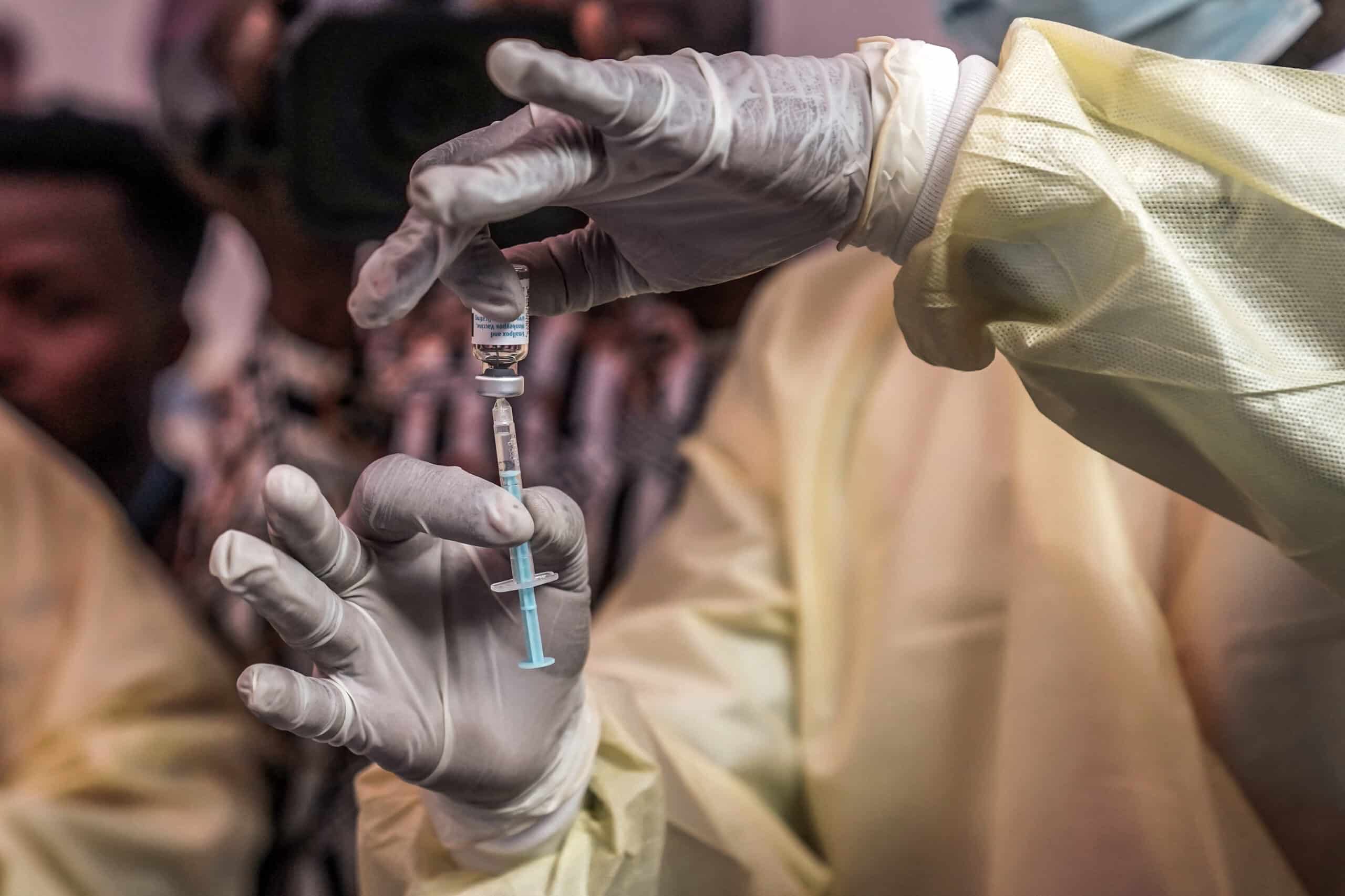Russia-Ukraine Are Fighting An Energy War

CENTRAL UKRAINE - NOVEMBER 10: A worker walks by a high voltage substation switchyard that stands ... More partially destroyed after the Ukrenergo power station was hit by a missile strike on October 10th, as Russia launched attacks throughout Ukraine, on November 10, 2022 in central Ukraine. Electricity and heating outages across Ukraine caused by missile and drone strikes to energy infrastructure have added urgency to preparations for winter. (Photo by Ed Ram/Getty Images)
Getty ImagesThe brutal war between Russia and Ukraine has a central energy dimension that sets a precedent for other conflicts in the future.
Calling this conflict an energy war isn’t an exaggeration. It doesn’t mean, however, a struggle for resources like oil and gas or critical minerals vital to non-carbon technologies. Instead, it underlines that powerplants, transmission lines, oil refineries, and other such infrastructure are primary targets for both sides.
For Russia, this began soon after its initial invasion failed to seize control of Kyiv and Ukraine’s government. Kremlin strategy turned to an overall three-pronged program of attacks on civilians, military sites, and the electrical grid, with the main focus on the latter two. As for Ukraine, its targeting of sites in Russia only began in 2024, after Western governments finally gave their permission for employing their long-range weapons across the border. At that point, the Ukrainian military began going after Russian oil refineries and oil storage facilities.
These attacks proved effective in seriously damaging several major refineries far from the Russian border, such as Ryazan near Moscow and Volgograd near the north end of the Caspian Sea, with at least 15 others struck one or more times. In 2025, Ukraine has turned to drone technology, creating its own hard- and software, avoiding any need for permission. The attack of June 1, codenamed “Spider’s Web,” in which dozens of drones were dispatched to each bomber site, can be considered a statement that no target in Russia is safe. A similar attack on refineries in particular would be an even greater disaster for the Kremlin.
The rationale for attacking energy sites is different for the two countries but overlapping. Ukraine targets refineries and storage sites since these are where high-value fuels (gasoline, jet fuel, diesel) are produced and stockpiled. These fuels generate more revenue than crude oil on a per-unit volume basis and have remained a key source of cash for Russia’s war economy. Militarily, they are particularly vulnerable, filled as they are with highly flammable liquids and gases. Data on the last two years of attacks shows them to be an increasing focus of Ukrainian strikes.
Moscow’s assaults on energy infrastructure are degrading Ukraine’s grid, impacting basic services of every kind, turning daily life into a constant struggle. To that end, Russian attacks on such targets have been especially intense in the late fall and winter, as the cold weather sets in.
Among the most consequential strikes have been on large power plants, such as the Kakhovka hydropower dam, a major facility on the Dnieper River. In June 2023, the dam suffered explosions and failed, flooding downstream towns and villages, with hundreds drowned and still missing. Though Russia accused Ukraine of the catastrophe, Russian soldiers have been identified in attacks of at least six other hydropower installations.
In the first months of the war, Russian troops shelled and took possession of the Zaporizhzhia Nuclear Power Plant in southeastern Ukraine. With six reactors and a total capacity of 5.7 billion watts, this is the largest power plant in all Europe and larger than any in Russia itself. Explosions, gunfire, and drone attacks have repeatedly threatened the plant, causing damage to buildings and equipment. Close monitoring and visitation of the site by teams from the International Atomic Energy Agency, the United Nations’ nuclear watchdog, have confirmed that all reactors are shut down and, together with the spent fuel pool, remain intact with no radiation leaks at this writing.
Yet the “dangers to nuclear safety continue to be very real and ever-present,” according to Raphael Grossi, Director General of the IAEA. The agency has also had to send teams to the Rivne, Khmelnytskyi, and South Ukraine nuclear plants, which suffered loss of power from Russian attacks, briefly affecting reactor cooling systems.
Ukrainian minister of Energy German Galushchenko (R) and IAEA (International Atomic Energy Agency) ... More Director General Rafael Grossi (L) stand near a damaged transformer as they visit an electricity substation in Kyiv region on February 4, 2025, amid the Russian invasion of Ukraine. (Photo by Tetiana DZHAFAROVA / AFP) (Photo by TETIANA DZHAFAROVA/AFP via Getty Images)
AFP via Getty ImagesOverall, despite near-heroic efforts to make quick repairs, Ukraine’s grid system has been reduced by 50% or more. At the same time, Moscow has ordered its military to avoid attacking any of the major gas pipelines running through Ukraine, in the hope that these might be used again for sending gas to Europe once total victory is achieved. In the meantime, Kyiv shut off the last of such flow on January 1, 2025, marking the end of a 60-year era of connection. As for the future, there is no doubt that if peace can be achieved, many billions of dollars will have to be spent before Ukraine can again supply its economy and people with the energy needed for a fully functioning state.













